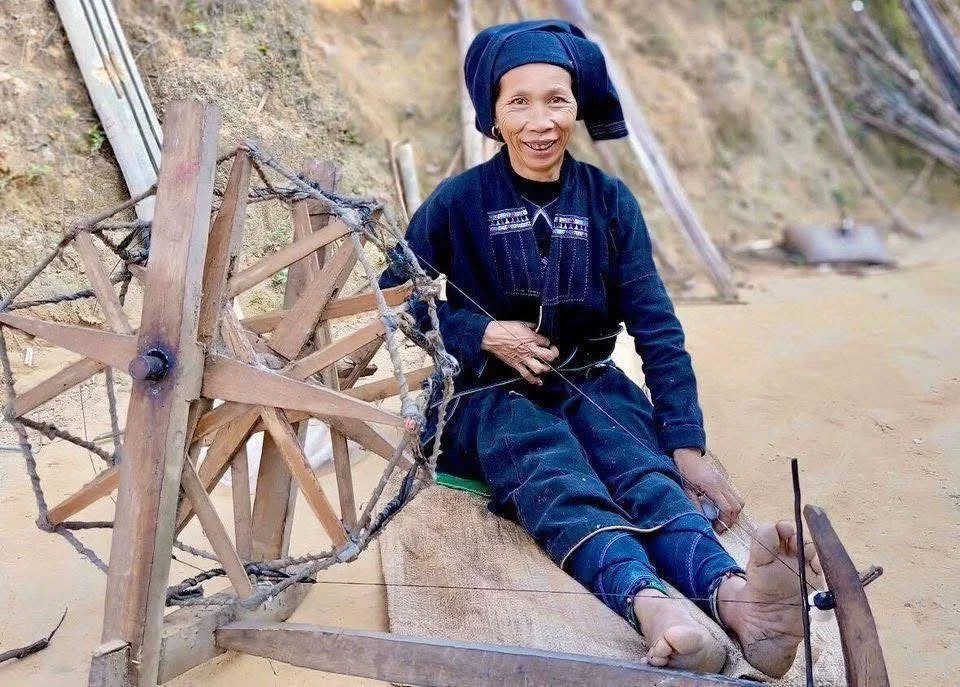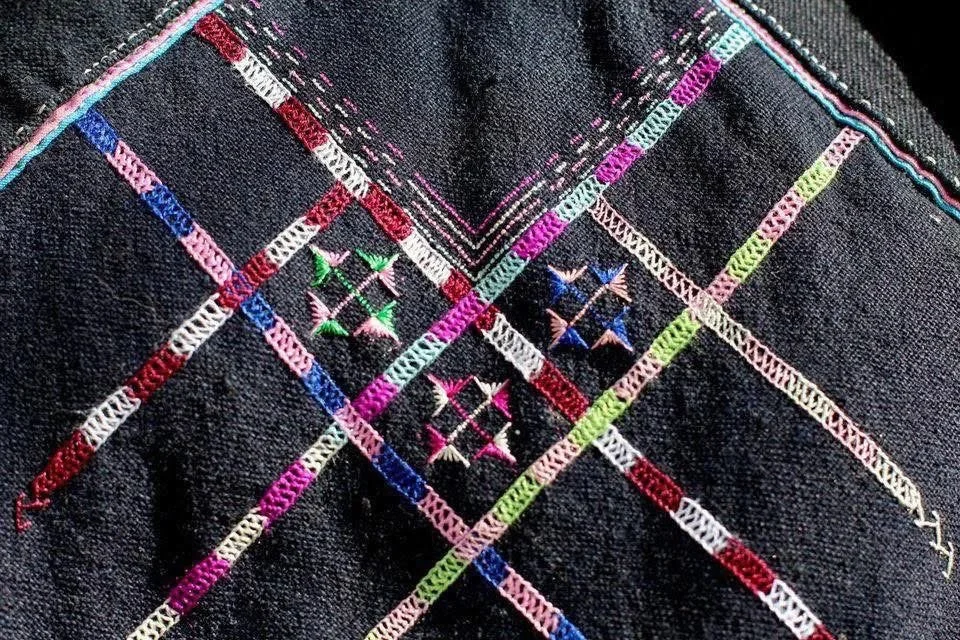The La Chí People of Northern Vietnam: Guardians of Ancient Traditions
The La Chí People: A Living Heritage of Northern Vietnam
Nestled among the misty mountains of Hà Giang and Lào Cai, the La Chí people are one of Vietnam’s most fascinating ethnic communities. With a population of just over 15,000, they live peaceful, sedentary lives in close-knit villages. Their world revolves around cotton cultivation, community traditions and a deep respect for their ancestors.
Family and Belief: The Heart of La Chí Life
La Chí families follow a patriarchal structure where the father, or later the eldest son, guides all aspects of daily life from production and marriage to relationships within the village.
The La Chí believe each person has twelve souls, two of which rest on the shoulders and are considered the most vital. Ancestor worship plays an important role, honouring forebears for three generations, from the father to the great-grandfather. Religious life is well organised, with rituals and customs carefully maintained.
Homes in the Hills: Life in Stilt Houses
Traditional La Chí houses are built on stilts, often surrounded by fields of indigo and rice. The lower level is home to the family kitchen, while the upper living space is divided into three compartments, around six metres wide and seven metres long. A wooden staircase connects the two floors, symbolising the bridge between earth and sky a fitting metaphor for the La Chí connection to both nature and spirit.
Stories Passed Down by Word of Mouth
Knowledge among the La Chí is shared through generations by storytelling. Elders pass on wisdom through legends and fairy tales that teach children about the mysteries of the natural world and the values of their culture. These oral traditions help preserve their history and identity.
A Unique Custom: Exchanging Children
One of the La Chí’s most distinctive traditions involves child exchange between families. When a family wishes for a boy but has a girl, they may offer the child to another household seeking a daughter. The new parents visit, suggest a name and observe the baby’s reaction. A crying infant is believed to refuse, while a calm one accepts the name and joins the new family. This practice, free of taboo, helps maintain population balance and strengthens community bonds.
Masters of the Terraces and the Land
The La Chí are believed to be among the earliest settlers in Hà Giang and Lào Cai. Their ancient tales reference the creation of terraced rice fields; now among Vietnam’s most iconic landscapes. Today, they remain skilled cultivators, tending wet rice fields, growing cotton, indigo and, more recently, cinnamon for trade.
Indigo Elegance: The La Chí Woman’s Dress
La Chí women wear stunning handwoven indigo-dyed clothing. Their outfit includes a four-panel cotton dress with a front split, an embroidered bodice, a cloth belt and a long headdress. The headdress and lapels are decorated with delicate silk embroidery, all in rich shades of indigo.
Creating one complete outfit can take several months, beginning with planting cotton, spinning and weaving the fabric, dyeing it in natural indigo and finishing it with intricate embroidery. Each piece is a testament to patience, skill and pride in their cultural identity.
Preserving a Living Culture
The La Chí people are more than an ancient community they are living storytellers of Vietnam’s northern highlands. Through their textiles, beliefs and traditions, they remind us that culture is not just inherited, it is nurtured with love and lived every day.








